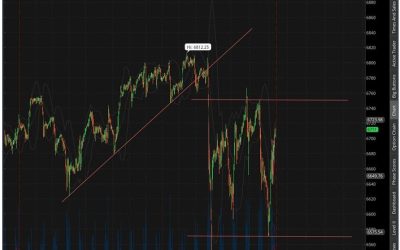by Jason Bodner
October 21, 2025
Did you know that when a star dies, it doesn’t always explode into a spectacular supernova?
Sometimes, the star simply dies, or disappears. Astronomers call it a “failed supernova,” a massive star collapsing quietly into a black hole. No fireworks, no flash… just a silent transition.
In cosmic terms that’s not destruction, it is transformation. Matter doesn’t disappear, it changes states.
That’s a helpful way to think about markets. After a strong run, we’re seeing less explosion and more recalibration. The S&P 500 tracking ETF (SPY) is off 0.25% so far in October, so investors naturally wonder if this is the start of something more serious. The answer will come in time, but data offers clues.
The Big Money Index (BMI), our barometer for institutional fund flows, is drifting lower while volatility has ticked higher. The BMI is now at its lowest level since May 15, when it began rising from April’s lows. The first rule of thumb is, when the BMI falls, outflows outweigh inflows. When the money flows are light, a pause in buying can push it down. That can happen for several reasons.
When flows are steady, a rise in outflows does the trick. When both combine – elevated selling and slowing buying – the BMI can drop quickly. We’re not dropping quickly, just drifting down:
Graphs are for illustrative and discussion purposes only. Please read important disclosures at the end of this commentary.
The post 10-21-25: Most Corrections Do Not Become Crashes appeared first on Navellier.







